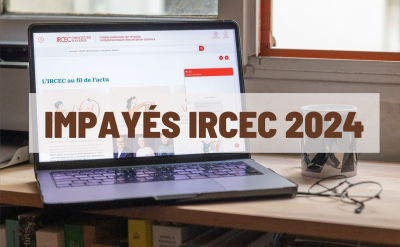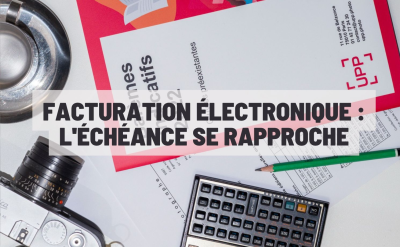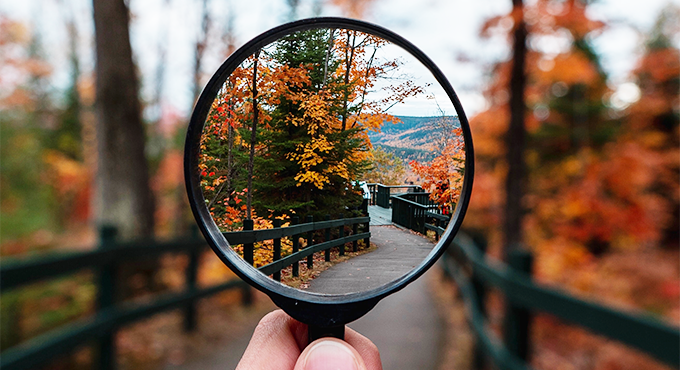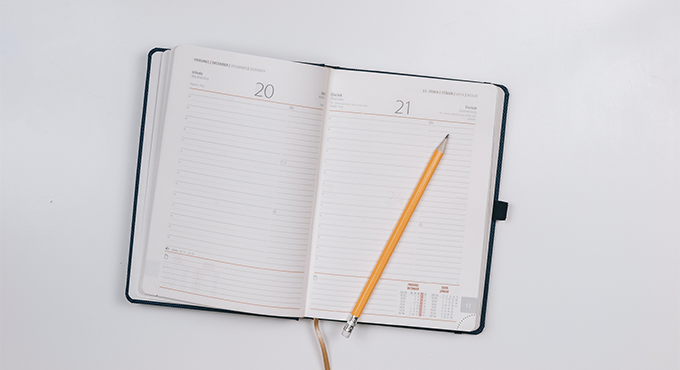News

VAT
For new photographers, value-added tax is one of those slightly worrying mysteries that prompts them to contact the UPP legal department when they want to declare their activity on the Guichet Unique website and have to fill in the "tax options" tab.
So, for newcomers (and others too), here are a few reminders about Value Added Tax.
1. What is VAT?
This is an indirect tax levied by the government on all commercial transactions. It is paid by end consumers and collected by sellers. To avoid the same products or services being taxed several times in the course of a "chain" of purchases and resales, companies reclaim the VAT they have paid on their business purchases.
So, for a professional photographer, the final amount of this tax is based on the profit generated, not on sales.
VAT paid = VAT collected (from customers) - VAT recoverable (paid on business purchases)
2. Basic VAT exemption: the easy solution
For those wishing to test their market, launch their business without too many administrative constraints and avoid red tape, the tax authorities offer a "basic exemption" option for VAT.
By choosing :
- You won't apply VAT to your invoices or author's notes, and will invoice exclusive of VAT. This is advantageous for photographers invoicing entities that don't recover VAT, but is transparent for photographers invoicing taxable professionals, since the latter will recover VAT.
All your invoices must bear the words "TVA non applicable - article 293B du CGI" ("VAT not applicable - article 293B du CGI").
- You won't get VAT back on your purchases. They will therefore cost you 20% more
- You won't be keeping VAT accounts. However, this does not exempt you from keeping accounts of your income and expenditure if you are on a controlled declaration/real income basis.
- You won't have to file a VAT return
- You'll need to make sure you comply with the sales thresholds (which vary according to your status, the type of operation you invoice, and the year concerned. For 2023, you can find details of these thresholds here ). The obligatory mention "TVA non applicable - article 293B du CGI" indicates to your customers that your sales are below these rather low thresholds. This affects your professionalism.
- Your customer may ask you for your intra-Community VAT number. In fact, if you supply goods worth more than 10,000 euros or provide a service to a taxable person established in another EU country, you must provide him with this number, as he is liable for VAT in another member state. It is therefore advisable to obtain an individual identification number by sending a request for the allocation of an intra-Community VAT number to your EIS.
2. VAT liability
If you exceed the thresholds set out below, you will have to register for VAT. But you can also apply for VAT even if your sales do not exceed the legal thresholds.
You'll then need to add to your invoice a line indicating the VAT rate(s) applied, another for the amount of VAT invoiced in euros, and finally a line including VAT = amount excluding VAT + amount of VAT invoiced.






3 Comments
Merci pour cet éclaircissement ou rappel.
petite question complémentaire svp
Lorsque l'on est assujetti à la tva et que l'on souhaite ne plus l'etre comment faut-il procéder ?
merci
@Bruno, merci pour votre question, je viens de compléter l'article pour y répondre.
Log in to post comment. Log in.